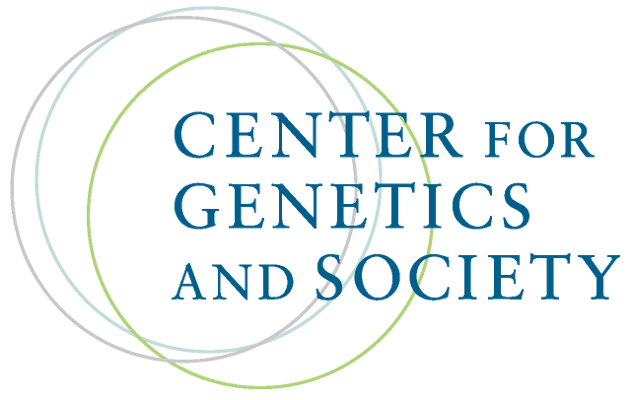Photo by Wonderlane on Unsplash
On a nearly still and moonlit night last week, some 75 people formed a circle on Asilomar State Beach around a sand pit ringed by seaweed. Four dancers swayed around the pit to the sound...
Aggregated News
Gene editing is a hot topic following a flurry of interest in the use of CRISPR tools to modify human embryos. As an ethicist in a genome-engineering lab, I am an eyewitness to these recent scientific developments and I do have concerns about the way gene editing could be used. But they are not the concerns you might expect.
The ethical issues raised by human germline engineering are not new. They deserve consideration, but outcry over designer babies and precision gene therapy should not blind us to a much more pressing problem: the increasing use of CRISPR to edit the genomes of wild animal populations. Unless properly regulated and contained, this research has the potential to rapidly alter ecosystems in irreversible and damaging ways.
Scientists have already used CRISPR to modify mosquitoes and the fruit fly Drosophila melanogaster. And in combination with another molecular-biology technique called gene drive, they have found a way to massively increase the efficiency of spreading these transformations to offspring and through the population. Once introduced, these genetic changes are self-propagating. If released beyond the...
The Center for Genetics and Society is fiscally sponsored by Tides Center, a 501(c)(3) non-profit organization.
Please visit www.tides.org/state-nonprofit-disclosures for additional information.
© 2023 Tides Center, through the Center for Genetics and Society. All rights reserved.
Privacy Policy. Terms of Use.
